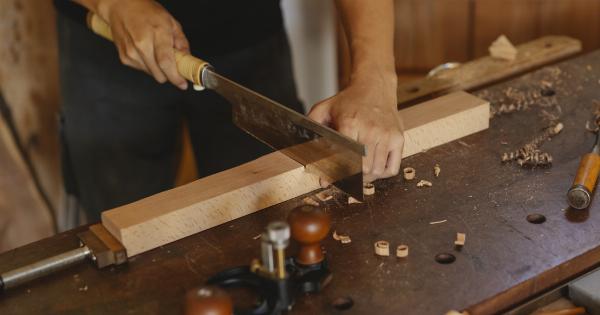Rene Laennec was a French physician who lived in the late 18th and early 19th century. He is credited as one of the pioneers of medical technology, and is best known for inventing the stethoscope.
His invention forever changed the practice of medicine, allowing doctors to listen to a patient’s heart and lungs with greater clarity and accuracy. In this article, we’ll take a closer look at the life and work of Rene Laennec.
Early Life and Education
Rene Laennec was born in 1781 in Quimper, France. He was the third child of a wealthy lawyer, and was raised by his mother following his father’s death.
Laennec showed an early interest in medicine, and attended the University of Nantes to study medicine at the age of 17. He later went on to study medicine in Paris, where he became a pupil of the renowned physician Jean-Nicolas Corvisart.
Corvisart was a strong advocate of the auscultation method of diagnosing diseases, which involves listening to the sounds of the body with a stethoscope.
Inventing the Stethoscope
While working at the Necker-Enfants Malades Hospital in Paris, Laennec was faced with a difficult situation. He needed to listen to the heart of a young woman, but was unable to do so due to her modesty.
In order to listen to her heart, Laennec came up with an ingenious solution. He grabbed a piece of paper, rolled it up, and placed one end on the woman’s chest, with the other end to his ear. He was amazed at the clarity of sound he heard, and thus the stethoscope was born.
Laennec immediately recognized the immense potential of his invention, and set to work creating a more refined version of the stethoscope.
The Impact of the Stethoscope
The stethoscope revolutionized the practice of medicine, allowing doctors to listen to the sounds of the body with unprecedented accuracy. Prior to the invention of the stethoscope, doctors were limited to diagnosing diseases based on symptoms alone.
The stethoscope made it possible to listen to the sounds of the heart, lungs, and other organs, providing doctors with vital diagnostic information. The stethoscope also made it possible to detect previously undetectable conditions, such as fluid buildup in the lungs and heart murmurs.
Other Contributions to Medicine
While the stethoscope is Laennec’s most famous invention, he made many other important contributions to the field of medicine.
He was a pioneer in the treatment of tuberculosis, and helped develop new methods for diagnosing and treating the disease. He also wrote extensively on a wide range of medical topics, including liver disease, diabetes, and the use of opiates in medicine.
Later Life and Legacy
Laennec continued to work in the medical field for the rest of his life, and was recognized as one of the leading physicians of his time. He died in 1826 at the age of 45, but his legacy continued long after his death.
The stethoscope remained a vital tool in the medical profession, and paved the way for many other important medical advancements. Today, Laennec is remembered as a true pioneer in the field of medicine, and his contributions to the field continue to influence medical technology to this day.
Conclusion
Rene Laennec was a true pioneer in the field of medical technology, and his invention of the stethoscope revolutionized the practice of medicine.
His contributions to the field of medicine extended far beyond the stethoscope, and his work paved the way for many other important medical advancements. Today, Laennec is remembered as a true visionary, whose legacy continues to influence the practice of medicine around the world.


























